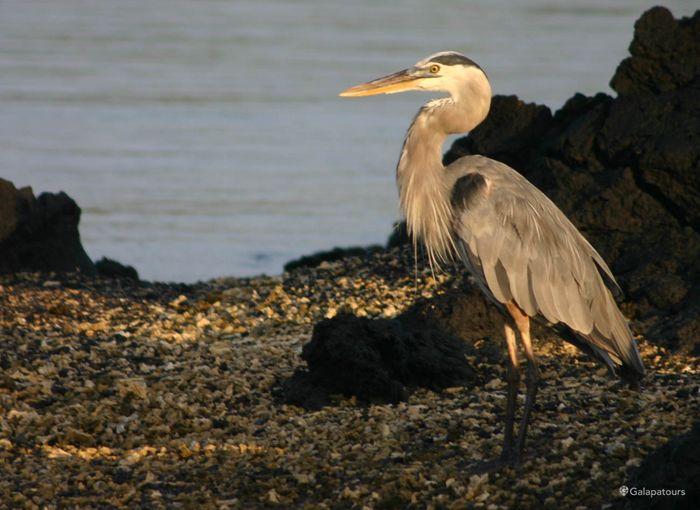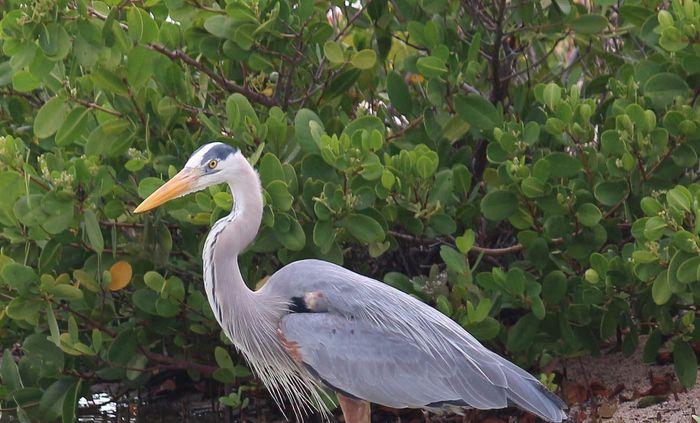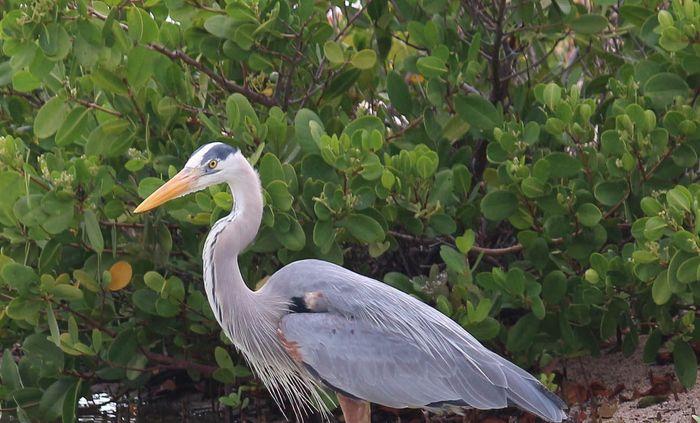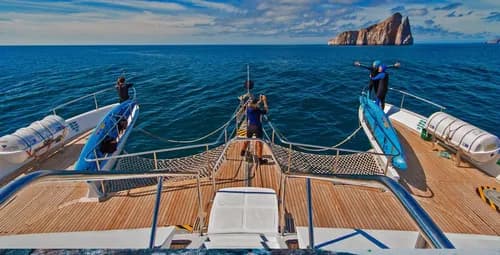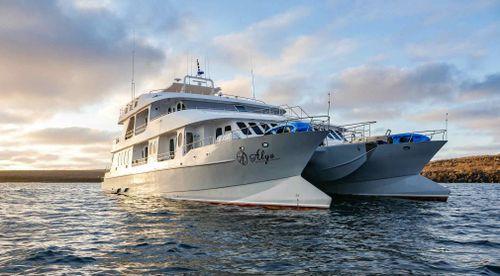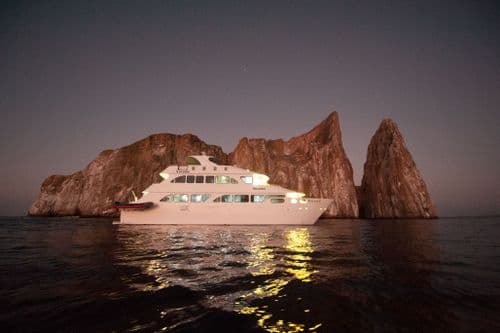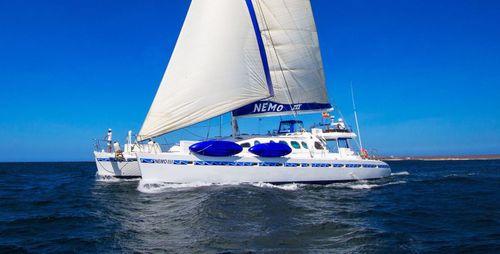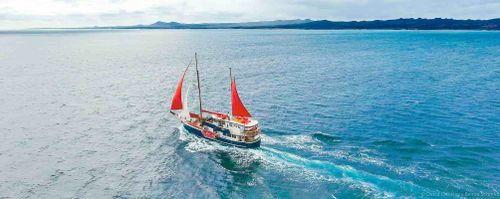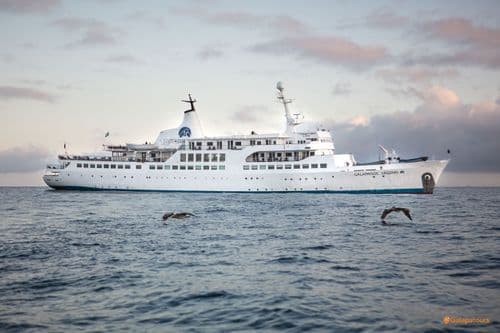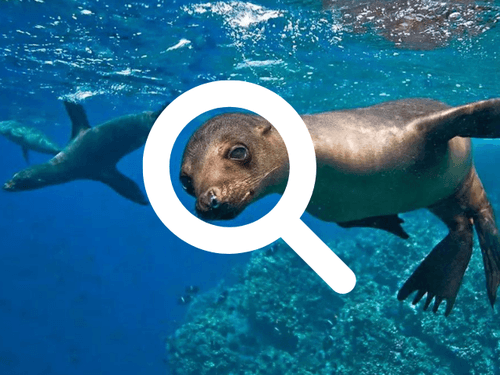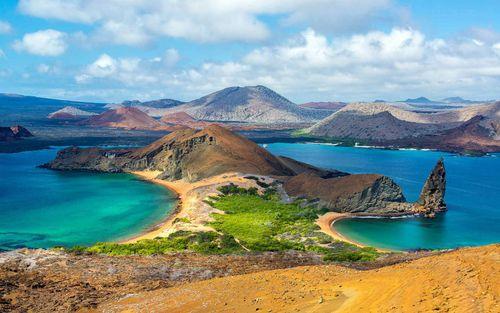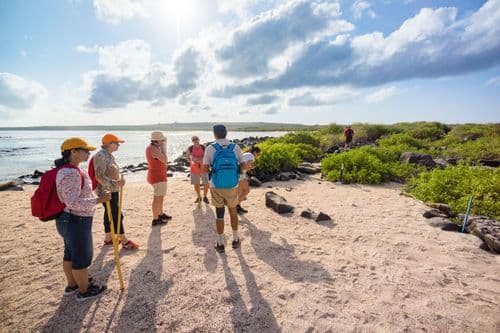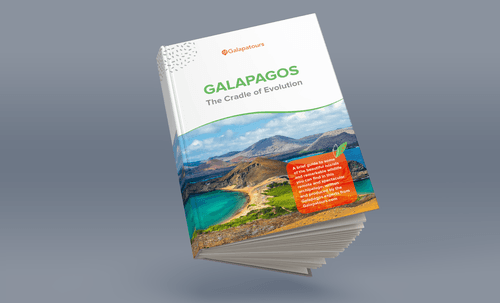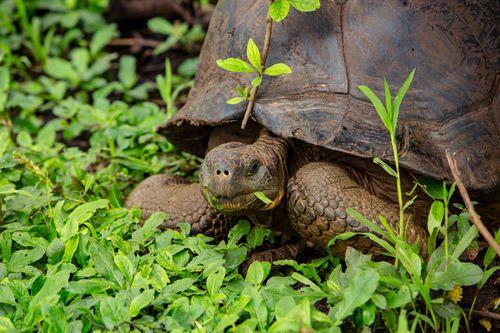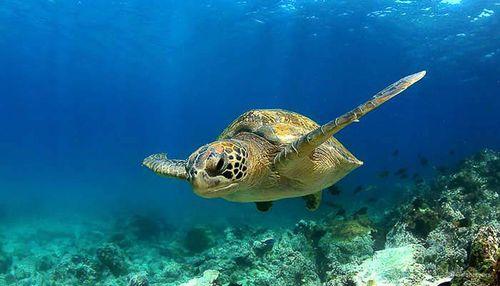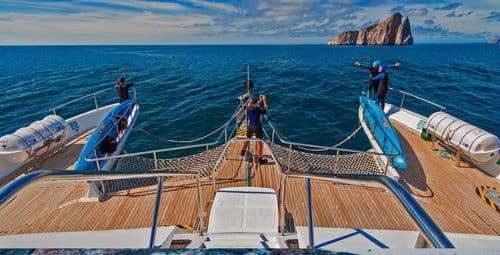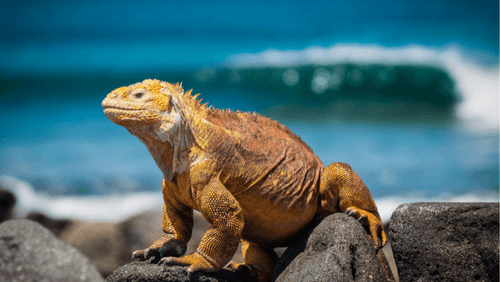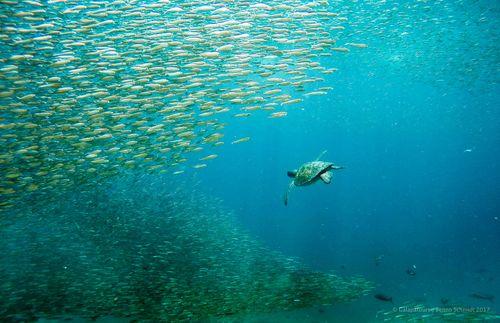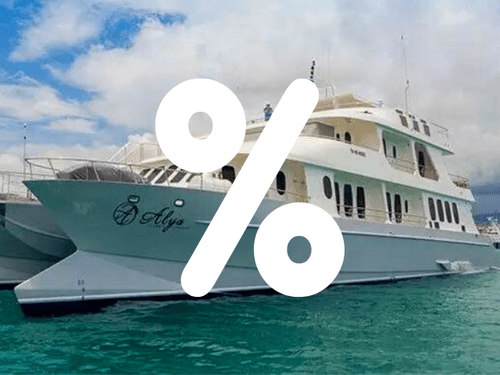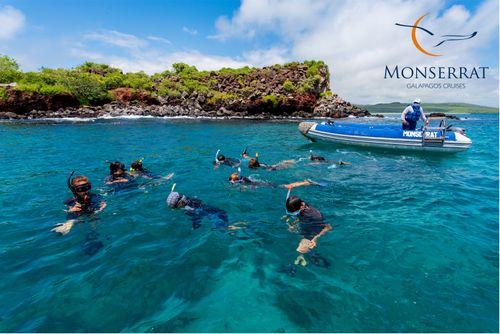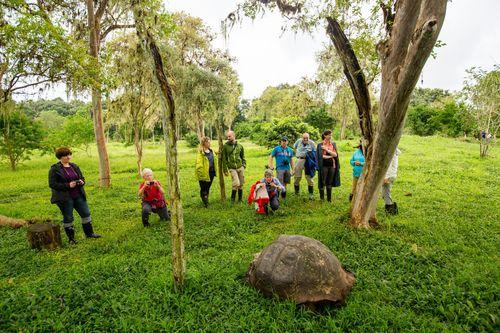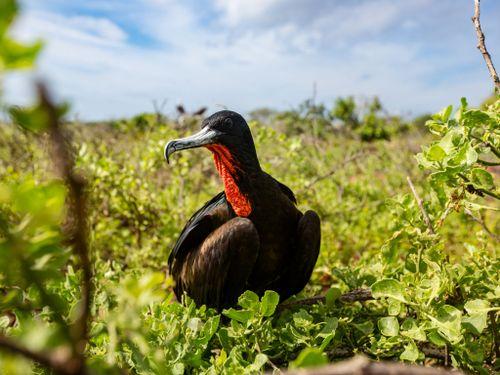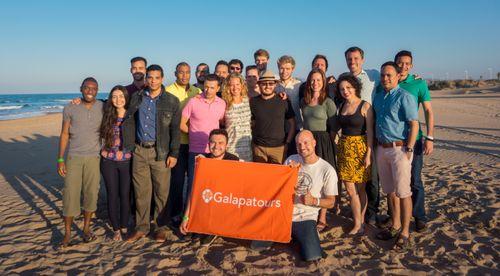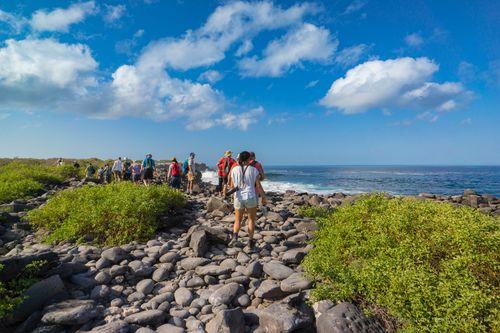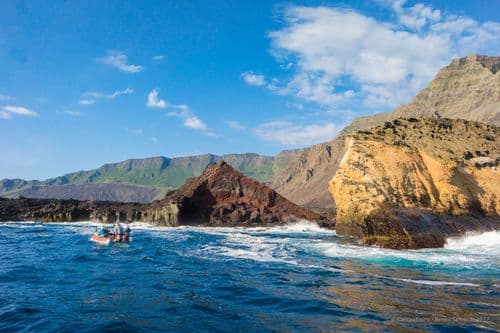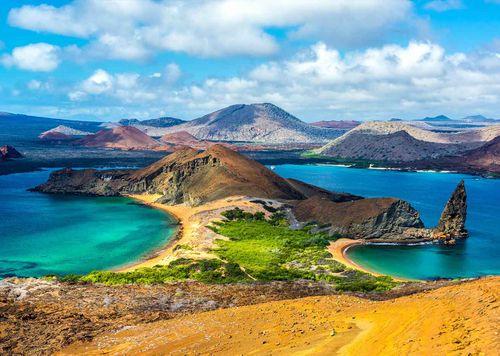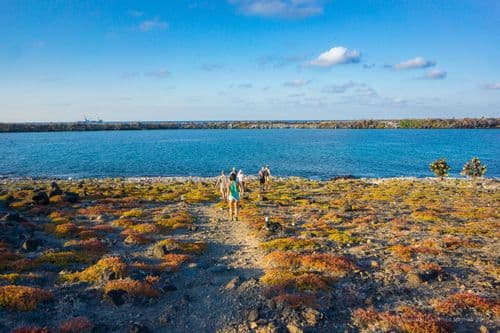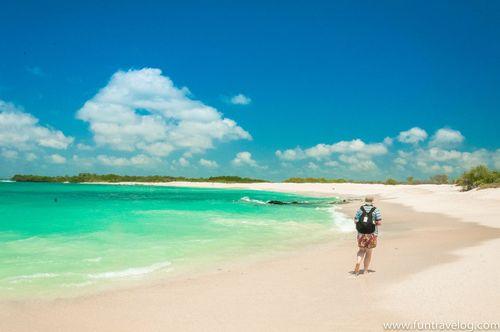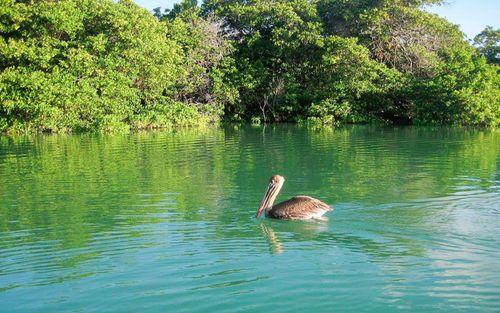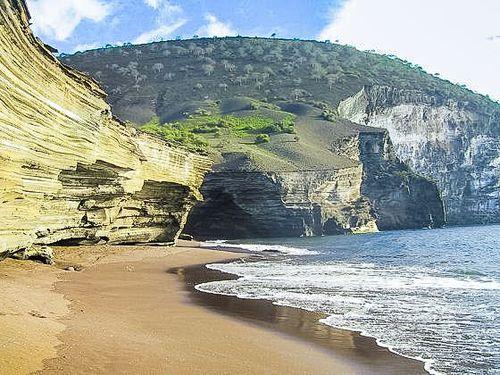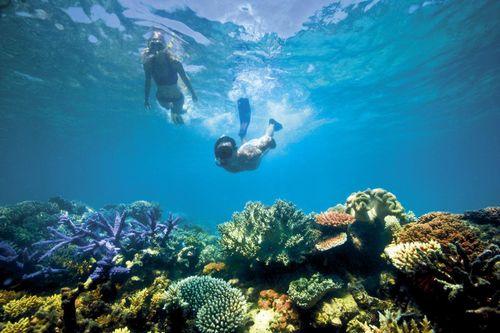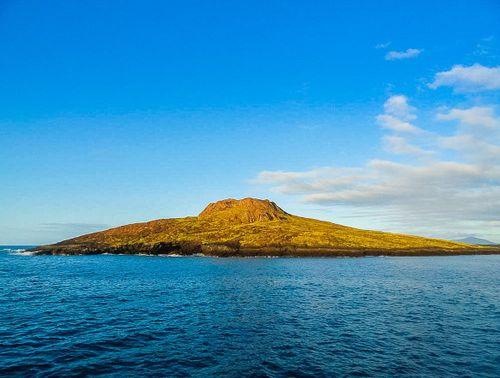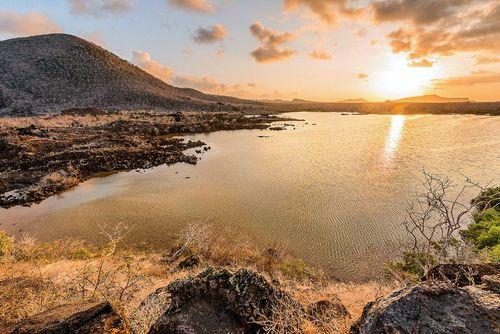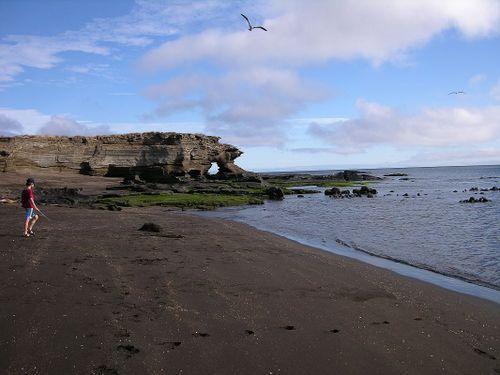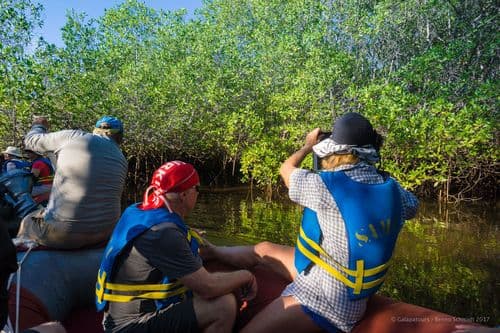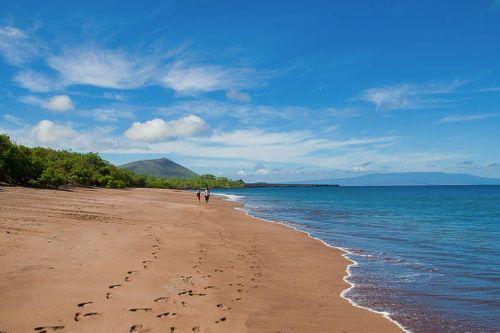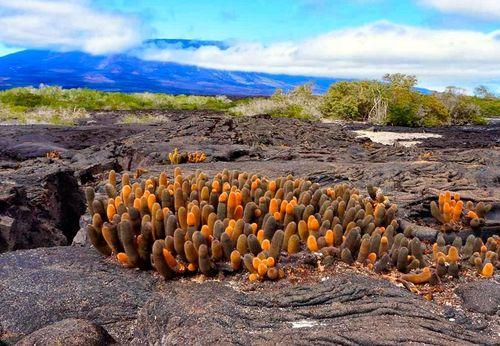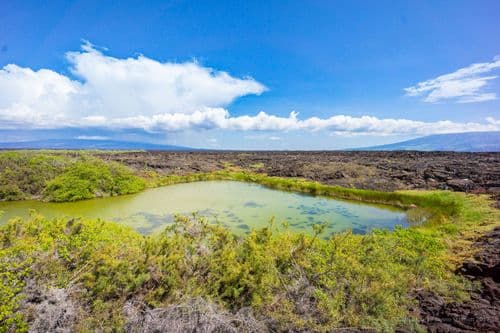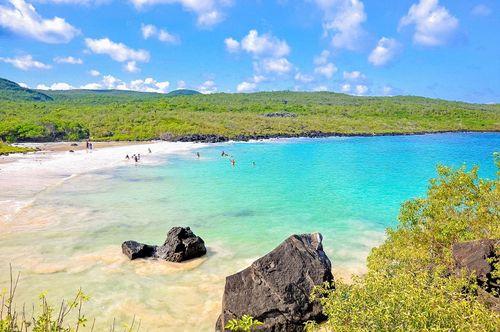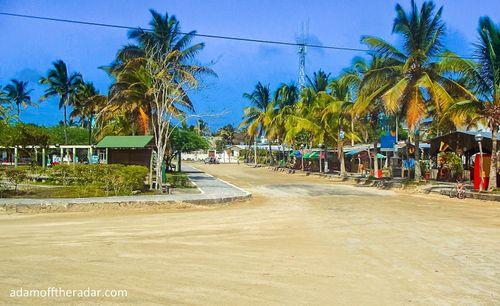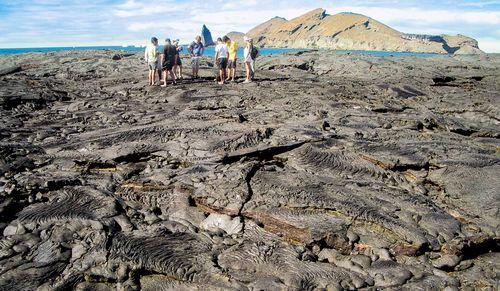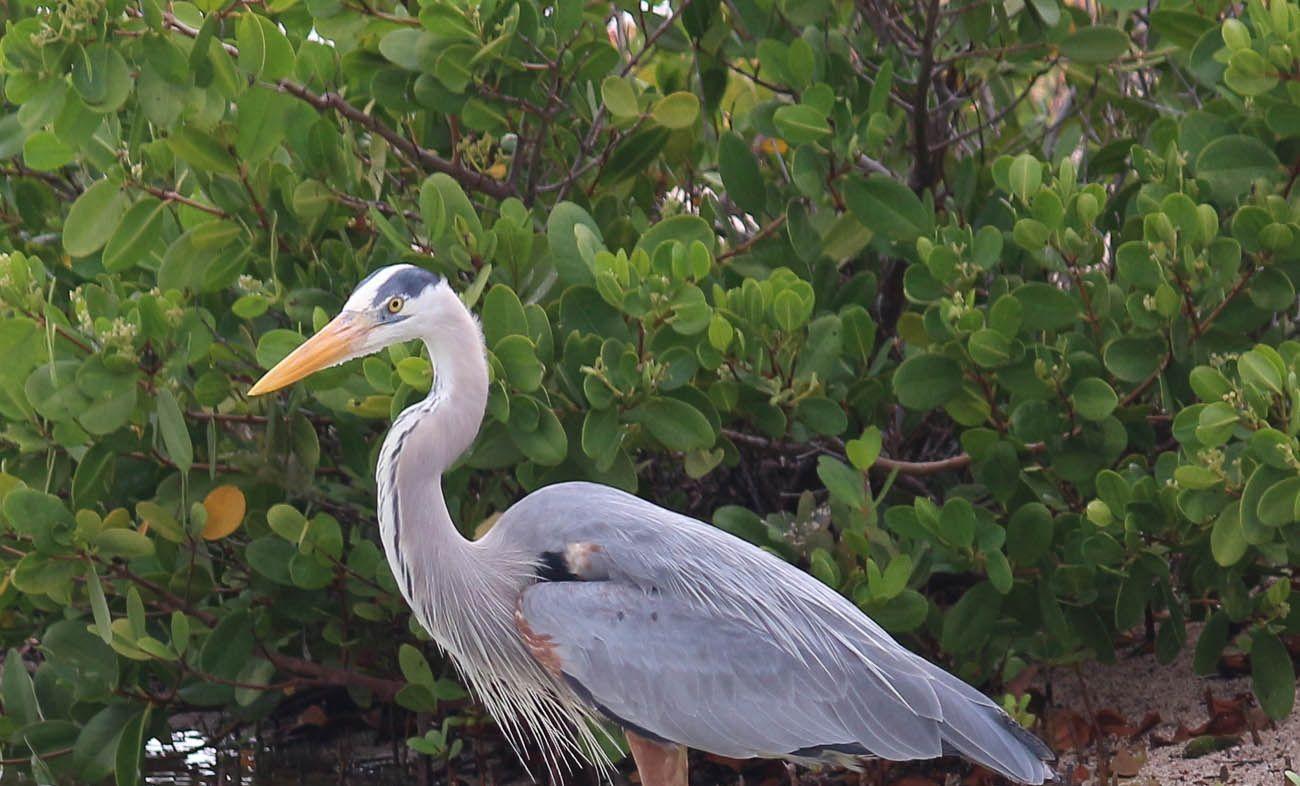
Great Blue Heron
One of the most beautiful birds in the arcipelago
What you need to know about the Great Blue Heron
The Great Blue Heron is known to be the largest heron in all of the Galápagos islands. It stands proudly at almost 3 ft (1m) tall with an incredible wingspan of over 6ft (2m)! Other heron species you can spot in Galápagos include the Lava Heron and Yellow-crowned Night Heron.
The Great Blue Heron is easy to spot with its striking slate-blue feathers which stretch out across the full wingspan. The blue of these flight feathers compliments their grey necks and bright yellow bills - they are one of the most beautiful birds to be found in the skies above the Galápagos.
The herons feed on small fish, crabs, lizards, young iguanas and even young birds. Being large wading birds, the herons find much of their food in deep waters. They hunt using their excellent eyesight, and they swallow their prey whole. This sometimes has the unfortunate result of them choking on their meal, and having to regurgitate the stuck dinner.
Great Blue Herons are known to be solitary, and in Galápagos they nest alone all year round. They are commonly spotted during panga ride excursions to the mangroves as these areas and other intertidal zones like tidal pools and protected shores. These herons do not like to be away from water which is why their choice of habitat is either in mangroves, lake edges or on shorelines.
The sight of one of these magnificent birds feeding or in flight is a moment you will want to capture in memory and on camera. They are indeed one species to look out for when enjoying a wonderful naturalist Galápagos cruise.
Great Blue Heron: Interesting facts
Largest of the Galápagos resident herons
They swallow their prey whole - sometimes they underestimate the size and it gets stuck
One of the most beautifully-colored birds in Galápagos
They are solitary birds that breed all year round in Galápagos
Great Blue Heron: Pictures from our travelers
